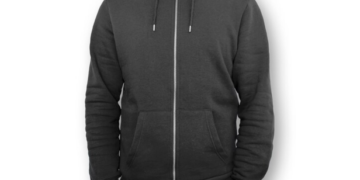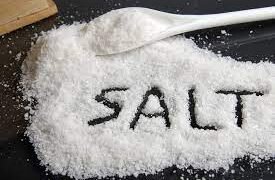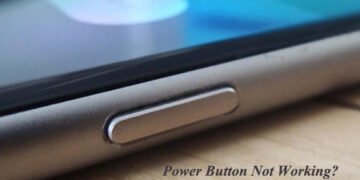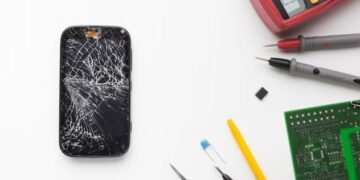If you’re a fan of golf, and if you’ve ever picked up a golf ball, then there’s something that’s always bothered you — you ask yourself, “Why are there dimples on a golf ball?” For example, I’d often pick up the ball and turn it over in my hand. Maybe I thought that there were some special wrinkles or ridges which perhaps enhanced the performance of the ball. I’m certain that I wasn’t alone in this curiosity and others have asked themselves how many dimples are on a golf ball — and why?
The history of the golf ball
The history of the golf ball is a long and storied one, beginning with the first recorded instance of someone hitting a pebble around a course in the year 1297. The game became increasingly popular in Scotland over the next few centuries, but it wasn’t until the latter part of the 1800s that golf balls began to resemble the ones we know and love today.
Golf balls have changed greatly since their first use in 15th-century Scotland. Originally, they were made with a hand-stitched leather cover stuffed with boiled feathers. The feathery insides were crumpled up to fill as much space as possible, then sewn into the leather shell. The resulting balls were smaller than modern ones (1.68 inches in diameter) and did not travel very far when hit, but they were still used until gutta-percha balls replaced them in 1848. These new golf balls had a rubbery sap covering, which allowed for better distance and control but was prone to cracking when not stored properly. Once vulcanized rubber came about in 1860, it became possible to mass produce golf balls using molds rather than hand stitching them—and by 1895, these wound rubber models were also being used by professional players.
How Many Dimples Are on a Golf Ball?
The number of dimples that appear on a golf ball varies depending on the manufacturer. The average number is between 300 and 500 dimples, but some balls have as few as 180 and others have nearly 1,000. The reason for this variation is to do with the aerodynamics of the ball. Different shapes and numbers of dimples give the ball different trajectories through the air, so manufacturers can play around with the design to create the best results for their brand of golf balls. Different numbers of dimples also affect how far the ball will travel.
These dimples also serve another purpose: they allow for control of side spin and back spin. Side spin occurs when there is too much friction on one side of the ball then there is on another side at impact and causes the ball to curve left or right depending on what side has more friction.
Facts About Golf Balls
A golf ball has between 300 and 500 dimples on its surface. Dimples are the small indentations that cover the entire surface of a golf ball. Dimples improve the aerodynamics of a golf ball, helping it fly farther and straighter. The more dimples a golf ball has, the more stable its flight path is likely to be, which is why balls with more dimples tend to fly straighter than those with fewer dimples.
The weight of a golf ball is anywhere from 1.62 to 1.72 ounces (45.93 to 48.49 grams). In addition, the diameter of a golf ball must be between 1.68 and 1.7 inches (42.67 and 43.43 millimeters) for it to be considered legal for tournament play.
Golf balls come in different colors, but white is the most common color because it’s easier to see in flight and when lying on grass or sand. Golf balls have been white since the 1880s, when gutta-percha balls were first covered with white paint or varnish and heated to make them smooth and shiny.
The Origins of the Golf Ball
The modern golf ball we know today was first developed in the mid-1800s. Before that, it was a bit of a free-for-all, with players using whatever they could find that fit well into the end of their clubs. Early on, most people used balls made from tree sap and leather.
In the mid-1800s, golfers started to notice that gutta-percha balls—made from the latex of tropical evergreen trees—traveled farther when they were heated and then cooled. As a result, many manufacturers began making their own versions of this solid rubber ball by adding various chemicals to their formulas to achieve different results. Some even used liquid rubber, which they poured into molds.
By the early 1900s, these rubber core balls were becoming standard in golf courses across America and Europe. To give them some extra zip, manufacturers started wrapping them in wound elastic thread soaked in shellac or other chemical compounds.
Designers eventually discovered that winding yarn around a solid core created a more lively ball with more consistent flight patterns. Today’s top-of-the-line golf balls have multiple layers of yarn for added performance—and for added protection
What is a golf ball made of?
Golf balls are typically made up of three layers: a solid core, an outer shell, and the dimple pattern covering the outer shell. The core is usually made of rubber, while the outer shell is made from a combination of materials such as Surlyn or balata. The dimple pattern on the outside can be made up of either 352 or 432 dimples, depending on the model. The dimples on top grade balls will also be shallower and more uniform than those on lower quality balls.
Conclusion:
So, how many dimples are on a golf ball? It depends on the type of ball and the manufacturer, but most golf balls have between dimples. Now you know some fun facts about golf balls and their dimples.
Do you have any other questions about golf balls or dimples? And be sure to check out our other blog posts for more interesting golf facts and tips. Thanks for reading!
Must Visit This Website: Best golf ball for Juniors







































































